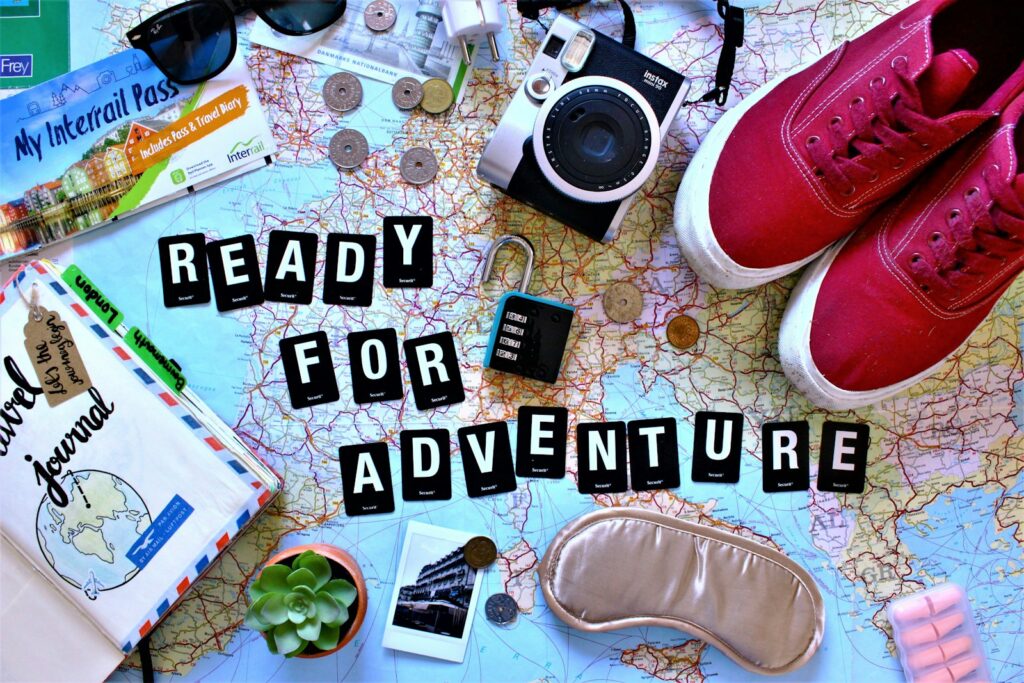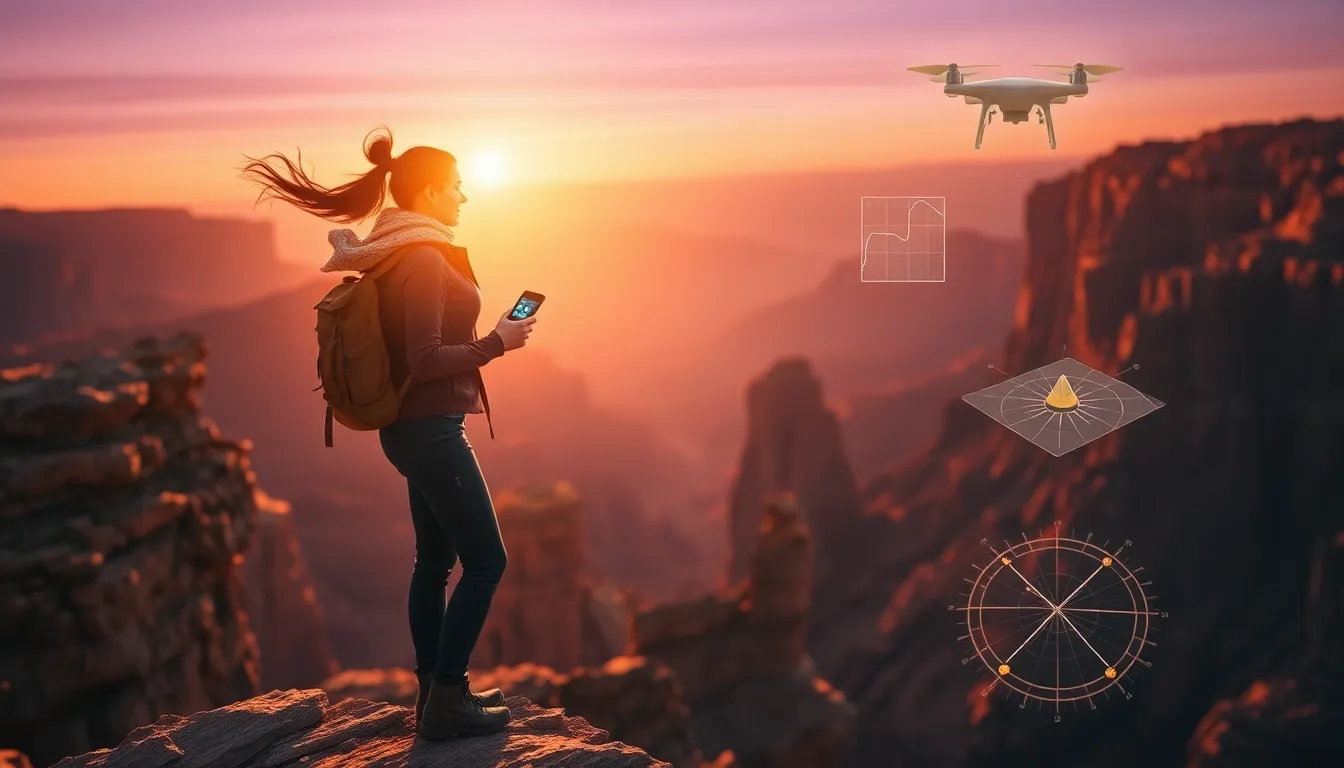So, you’re that person. The one who gets a little restless staring at a desk, whose eyes drift to the window when someone talks about a “relaxing beach vacation.” You crave something more, something that gets the heart pumping and the senses alive. You’re not alone. The call of the wild, the lure of the extreme – it’s a powerful pull for so many of us. This isn’t just about ticking boxes on a travel list; it’s about pushing boundaries, discovering what you’re capable of, and collecting stories that sound like they’re from another planet. But where do you even start? The world is vast, and the options for adrenaline-fueled escapades can feel overwhelming. We’re talking about places where the landscape itself seems to dare you to explore it, where the activities are designed to test your limits, and where the rewards are memories etched into your soul. Let’s get right to it – this is for the thrill seekers, the ones who find peace in the chaos and beauty in the danger.
Conquering Heights: Mountains and Sky-High Thrills
For many thrill seekers, the mountains are the ultimate playground. There’s something primal about standing on a summit, looking down at the world spread out below. It’s a feeling of accomplishment that’s hard to match. Think about climbing Mount Kilimanjaro in Tanzania. It’s not just about the physical challenge, which is considerable, but the sheer diversity of landscapes you pass through – from lush rainforests to alpine deserts to the frozen Arctic-like peak. How to begin? You’ll need to prepare physically, focusing on cardiovascular fitness and leg strength. Hiring a guide is almost mandatory for safety and logistics, and they’ll handle most of the planning. Common tools? Good hiking boots are non-negotiable, layered clothing is essential because the weather changes rapidly, and trekking poles can save your knees on descents.
What do people often get wrong? Underestimating the altitude. Altitude sickness is a real and serious issue. The trick is to acclimatize slowly, drink plenty of water, and listen to your body. Rushing the ascent is a common mistake. Where does it get tricky? The “death zone” above 8,000 meters on higher peaks, or simply unexpected weather shifts on any mountain. Even on less extreme climbs, fatigue can set in, making decisions harder. Small wins that build momentum here are reaching each camp, seeing a new vista, or mastering a tricky section of trail. It’s about those incremental victories that keep you going.
Now, let’s talk about what happens *above* the mountains. Paragliding and BASE jumping are for those who truly want to touch the sky. Places like Interlaken, Switzerland, are world-famous for paragliding. You strap into a harness with an experienced instructor, run down a gentle slope, and suddenly you’re soaring. The feeling of freefall, even with a parachute, is intense. BASE jumping – parachuting from a fixed object like a building, antenna, span, or earth cliff – is significantly more dangerous and requires extensive skydiving experience. Common tools for paragliding? A good instructor and a reputable company are paramount. For BASE jumping, it’s specialized gear and immense skill. What people get wrong? Underestimating the wind, the landing conditions, or their own fear response. Where it gets tricky? Unpredictable weather is the biggest challenge for both. For BASE jumping specifically, legality and access to jump sites are major concerns, not to mention the inherent risks involved in low-altitude parachute deployment. Small wins? A smooth take-off, a stable flight, or a perfect landing are huge. For BASE jumpers, a clean jump and a successful landing are the only acceptable outcomes.

Water Worlds: Diving, Rafting, and Coastal Challenges
If your adrenaline flows with water, then the planet’s oceans, rivers, and lakes offer a whole different kind of thrill. Scuba diving and freediving open up mysterious underwater worlds. Imagine exploring the Great Barrier Reef in Australia, swimming alongside vibrant coral and exotic fish, or descending into the cenotes of Mexico’s Yucatan Peninsula, marveling at the crystal-clear freshwater caverns. How to begin? For scuba, you need certification – PADI or SSI are the most common. You’ll learn buoyancy control, breathing techniques, and safety procedures. Freediving requires less gear but more breath control and mental discipline. Common tools? A mask, snorkel, fins, and a wetsuit are basic for both. Scuba requires a buoyancy control device (BCD), regulator, tanks, and weights. Freedivers might use a long freediving fin and a low-volume mask. What people get wrong? Forgetting to equalize ear pressure during descents, overexerting themselves, or not respecting marine life. Some people also struggle with the feeling of being underwater, which is totally normal!
Where does it get tricky? Currents can be strong, visibility can drop suddenly, and equipment malfunctions, though rare with proper checks, can happen. Marine life, while usually not aggressive, should be respected – a sting from a jellyfish or an encounter with a curious shark requires caution. Small wins? Successfully navigating a mild current, spotting a specific marine animal you’ve been looking for, or extending your bottom time safely are all rewarding. For freedivers, achieving a new depth or holding your breath for longer periods are major milestones.
Then there’s whitewater rafting. Tackling a raging river like the Zambezi in Zambia or the Futaleufú in Chile is an experience that bonds you with your fellow paddlers. You’re working together, navigating powerful rapids, and often taking exhilarating swims (falls overboard!). How to begin? Book a trip with an experienced outfitter. They provide the rafts, paddles, safety gear, and guides. You just need to be in decent shape and ready for a wild ride. Common tools? A helmet, life jacket (PFD), and appropriate river shoes are standard. The raft itself, designed to handle rough water, is the main piece of equipment. What people get wrong? Not listening to the guide’s instructions – they know the river. Also, underestimating how cold river water can be, even in warm climates. Where does it get tricky? Rogue waves, hidden rocks, and Class V rapids are no joke. Staying in the raft requires constant effort and teamwork. Small wins? Successfully navigating a difficult rapid without anyone falling out, or just having a blast even when you do take an unexpected dip. The shared experience of conquering the river is the ultimate prize.
Extreme Landscapes: Deserts, Jungles, and Uncharted Territories
Beyond the heights and the water, there are the vast, challenging terrains of deserts and jungles, places that demand respect and a deep understanding of survival. Desert trekking, like crossing the Sahara or exploring the Atacama Desert, offers a unique kind of adventure. The stark beauty, the extreme temperatures, and the sheer isolation can be profound. How to begin? You’ll likely need experienced guides who know the terrain, water sources, and survival techniques. This isn’t a casual hike. Common tools? A reliable 4×4 vehicle is often essential for reaching remote areas. Navigation tools like GPS and a compass are critical. Plenty of water, sun protection (hats, high SPF sunscreen), and appropriate clothing to manage heat and cold are non-negotiable. What people get wrong? Overestimating their water-carrying capacity or underestimating the intensity of the sun and heat, leading to dehydration and heatstroke. They might also not pack enough layers for the drastic temperature drop at night.
Where does it get tricky? Sandstorms can appear with little warning, reducing visibility to zero and making travel impossible. Finding water in truly arid regions is a constant challenge. Navigation errors in featureless landscapes can have severe consequences. Small wins? Successfully navigating through a challenging dune field, finding a reliable water source, or simply enduring a night under a sky full of stars in the middle of nowhere. These are moments of pure survival and connection with nature.
Then there are the jungles. Trekking through the Amazon rainforest or the dense jungles of Borneo is an immersive, often demanding, experience. The humidity, the wildlife, and the sheer density of vegetation create a unique environment. How to begin? Again, guided expeditions are highly recommended, especially for first-timers. Guides are essential for navigating, identifying edible plants, and recognizing dangerous wildlife. Common tools? Machetes are often necessary for clearing paths. Insect repellent is your best friend. Waterproof gear and good quality, breathable hiking boots are vital. A first-aid kit stocked for tropical environments is a must. What people get wrong? Not packing adequate insect protection, leading to bites that can transmit diseases like malaria or dengue fever. They might also underestimate the constant dampness and humidity, which can lead to skin issues and equipment mold. Not respecting the wildlife – snakes, spiders, and other creatures – is another common and potentially dangerous mistake.
Where does it get tricky? The dense canopy means limited sunlight, making navigation difficult. The humidity can be oppressive, leading to rapid fatigue and dehydration. Leeches are a common nuisance, and the risk of encountering venomous creatures is ever-present. Small wins? Successfully identifying medicinal plants with your guide, spotting rare wildlife like monkeys or exotic birds, or simply making it through a challenging day of trekking with your group. The feeling of accomplishment after pushing through the thick jungle is immense.
Quick Takeaways for the Modern Explorer
- Physical preparation is key – don’t underestimate the demands of your chosen activity.
- Always prioritize safety; hire experienced guides and use reputable outfitters.
- Research your destination thoroughly, including local conditions and potential risks.
- Pack smart – the right gear can make a huge difference in comfort and safety.
- Listen to your body and your guides; know your limits and respect them.
- Embrace the challenges – they are part of what makes the experience memorable.
- Small victories build confidence and momentum on longer expeditions.
So, where does this leave us? It’s clear that the world offers an incredible array of places for those who seek a bit more excitement in their travels. From the dizzying heights of mountains to the mysterious depths of the ocean, and across the stark beauty of deserts and the dense embrace of jungles, the opportunities are as vast as the planet itself. It’s not about being fearless; it’s about acknowledging the risks, preparing diligently, and having the courage to step outside your comfort zone. The thrill seeker’s journey is often one of self-discovery, revealing strengths and resilience you never knew you possessed. It’s about collecting experiences, not just souvenirs, and forging connections – with nature, with fellow travelers, and with yourself. The planning might seem daunting, the gear list long, and the challenges significant, but the payoff is immense. It’s the stories you’ll tell, the perspectives you’ll gain, and the feeling of truly being alive. Remember that preparation isn’t about eliminating risk; it’s about managing it so you can fully engage with the experience. And when you’re out there, whether you’re rappelling down a waterfall or navigating a remote trail, remember to breathe it all in. These moments, the ones that push your boundaries, are often the ones that shape you the most. The world is waiting – go find your thrill.





